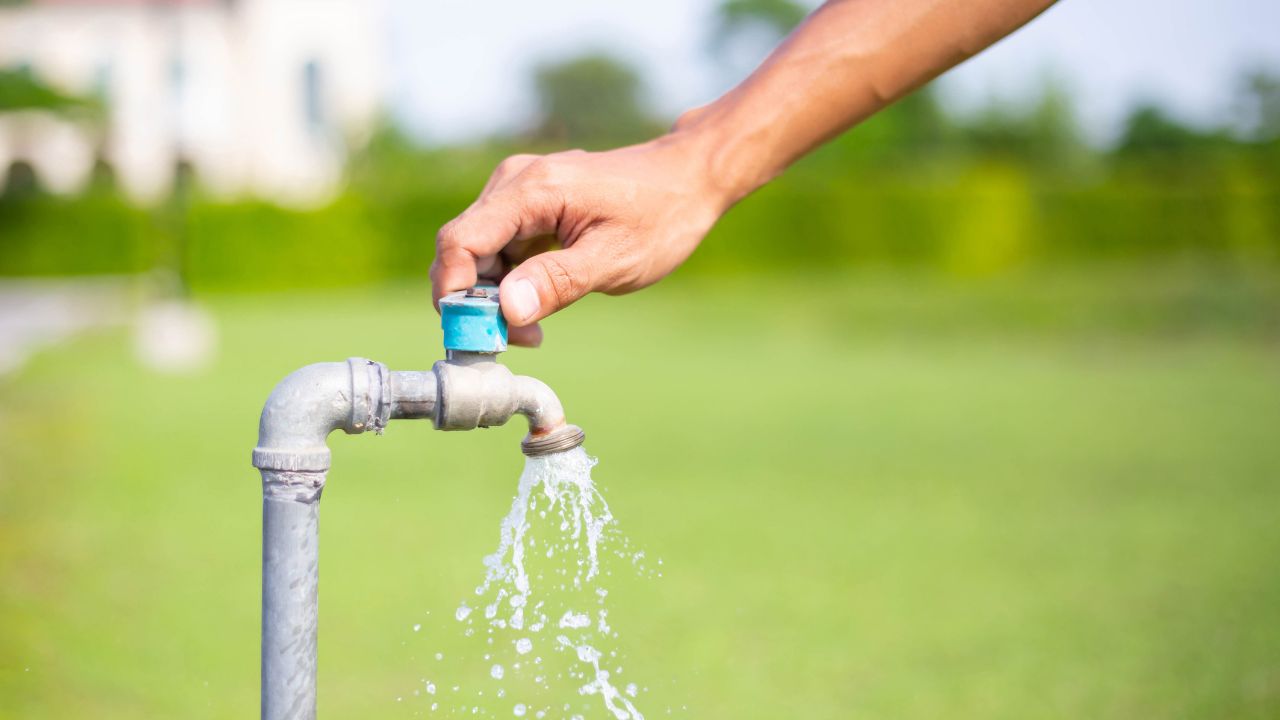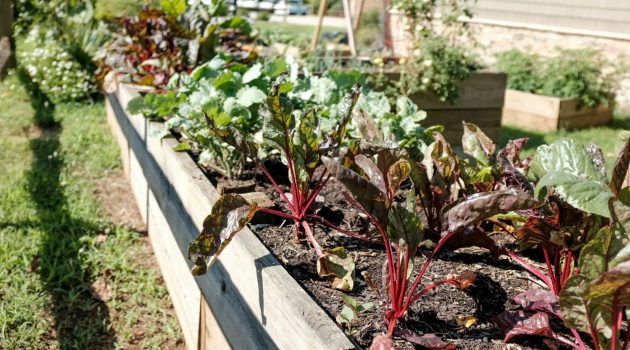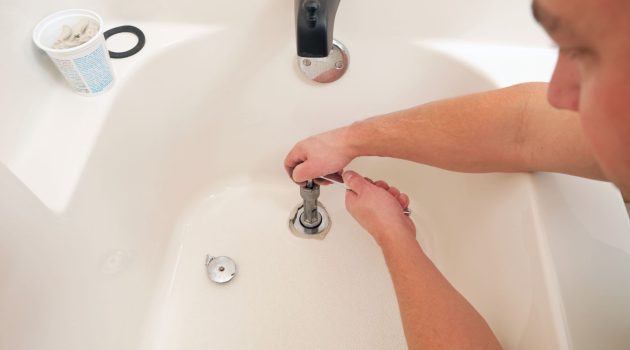Access to clean water is essential for human survival, but obtaining it can be challenging in remote locations.
Whether camping in the wilderness or working on a project in a remote area, having access to clean tap water is important for your health and well-being.
However, the absence of infrastructure like pipes and water treatment facilities in such locations implies that one must be innovative when accessing clean water for daily needs.
This article discusses four steps to secure tap water at a remote location.
The steps include assessing the water source, choosing a water treatment method, implementing a water management plan and monitoring water quality.
By taking these measures, you can help protect yourself and others from the risks associated with contaminated water, ensuring you always have a safe and reliable water source.
1. Assess the Water Source
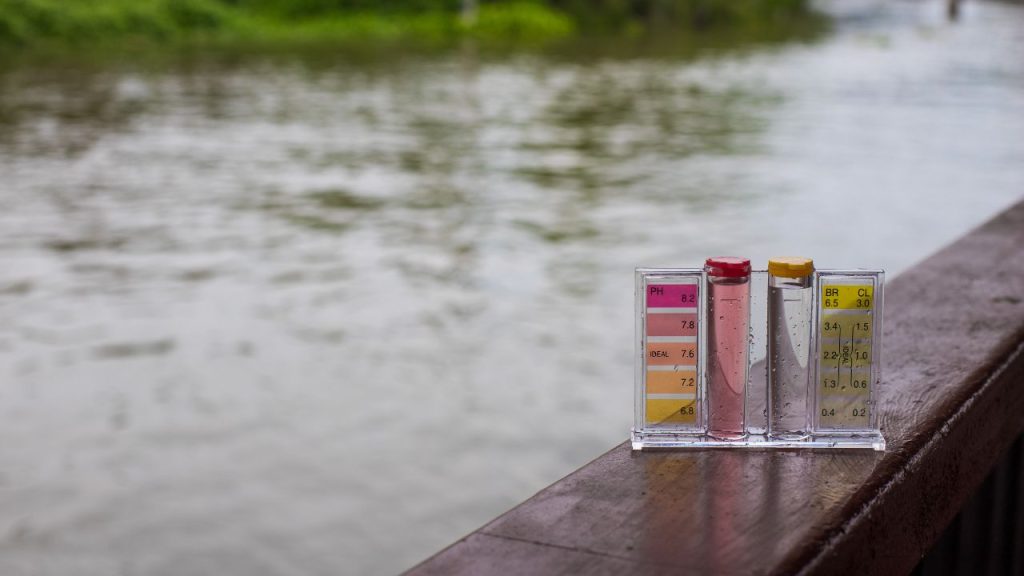
Before taking any other steps, it’s important to assess the water source to determine whether it is safe to drink.
In remote locations, there may be a variety of potential sources of contamination, including bacteria, protozoa, and chemical pollutants.
Some common water sources in rural areas include rivers, lakes, and wells.
To assess the water source, start by checking for signs of contamination.
For example, if the water appears cloudy, has a bad odor, or has visible debris, it may indicate that contaminants are present.
You can also consult with local officials or research the area to find out if there are known risks to the water quality.
Another option is to use a water testing kit to determine the quality of the water. Testing kits can be purchased online or at camping supply stores.
These kits test for bacteria, pH levels, and other common contaminants. If testing reveals that the water is unsafe to drink, it’s important to avoid consuming it until it has been treated.
2. Choose a Water Treatment Method
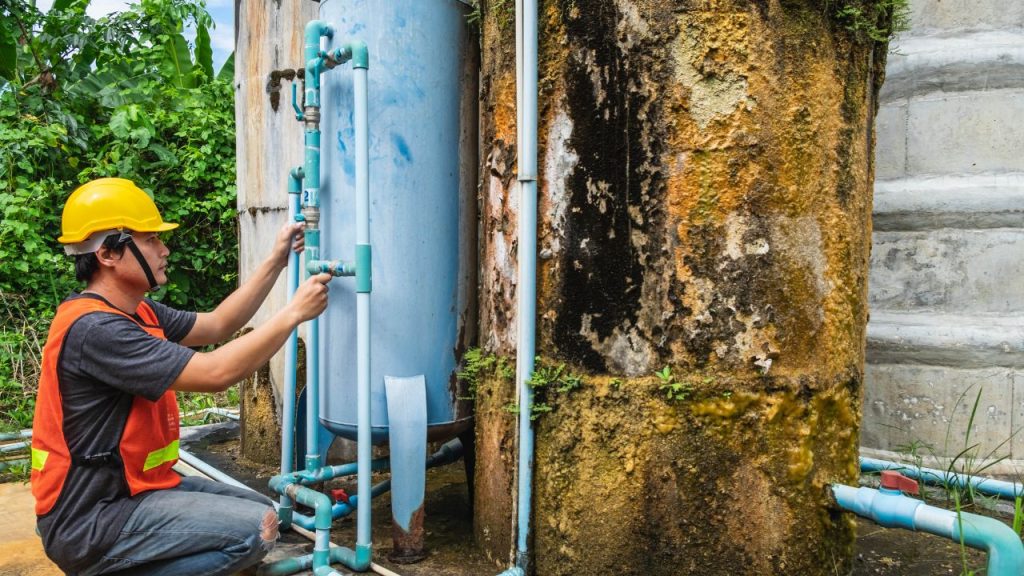
Choosing the right water treatment method is crucial in securing tap water remotely. Several methods are available, including boiling, filtration, and chemical treatments.
Boiling has been used for centuries to make water safe for drinking. It is a simple and effective method that can kill bacteria and other microorganisms in the water.
Boiling requires access to a heat source, such as a campfire or stove. If you are at a high altitude, the water should be heated to a rolling boil for one or three minutes.
Boiling is an excellent option if you do not have access to a water filter or chemical treatment.
Filtration is another popular method for treating water. It can remove bacteria, protozoa, and other contaminants from the water, making it safe to drink.
Various types of filters are available in the market, including gravity-fed, pump, and straw filters.
These filters may not be able to remove all types of pollutants in the water, but they are effective at removing most.
The effectiveness of water filters relies on their pore size, which should be smaller than the contaminants they are designed to remove.
Chemical treatments such as chlorine or iodine tablets are commonly used to purify water. These chemicals effectively kill bacteria and other microorganisms in the water.
However, they can leave a chemical taste in the water that some people find unpleasant. Chemical treatments should be used only as a last resort when other methods are unavailable.
If you are using well water, consider using a water softener to remove hard minerals that can cause a bad taste, reduce clarity, and ruin plumbing fixtures.
A water softener for well water can improve the taste and quality of your water and protect your plumbing fixtures from scaling.
This water treatment system removes calcium, magnesium, and other hard minerals.
When choosing a water treatment method, it’s important to consider factors such as cost, availability, and ease of use.
Boiling is the cheapest and most straightforward way of treating water, but it requires a heat source. Filtration is more expensive than boiling but does not require a heat source.
Chemical treatments are affordable and easy to use but can leave a chemical taste in the water.
Water softeners are more expensive than other treatments, but they effectively remove hard minerals from the water.
3. Implement a Water Management Plan
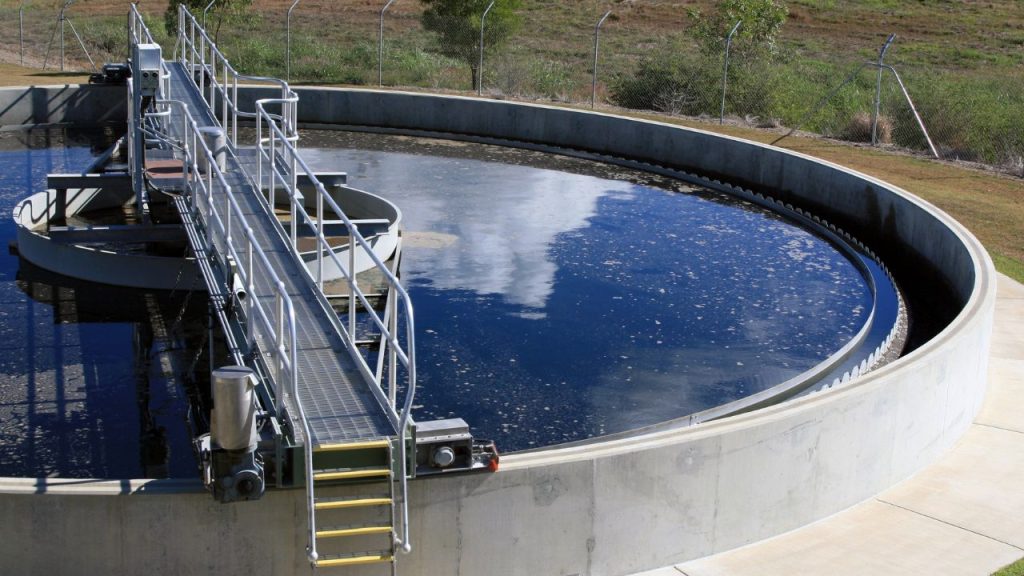
After you have chosen a water treatment method, it’s important to implement a water management plan to ensure that you have enough clean water for your needs.
This includes conserving water, storing it safely, and transporting it as needed.
Conserving water is an important step in managing your water supply. This can include simple practices like turning off the faucet when brushing your teeth or taking shorter showers.
In remote locations, it also means limiting activities that require a lot of water, like washing clothes or dishes.
Storing water safely is another important consideration. Water should be stored in clean, leak-proof containers designed for long-term storage.
Avoid using containers previously used for other liquids, as they may contain residual contaminants. If possible, store water in a cool, dark place to prevent the growth of bacteria.
Transporting water can also be a challenge in remote locations. If you need to transport water, consider using a clean, food-grade container that is easy to carry.
You may also need to plan your route carefully to ensure that you have access to water sources along the way.
4. Monitor Water Quality
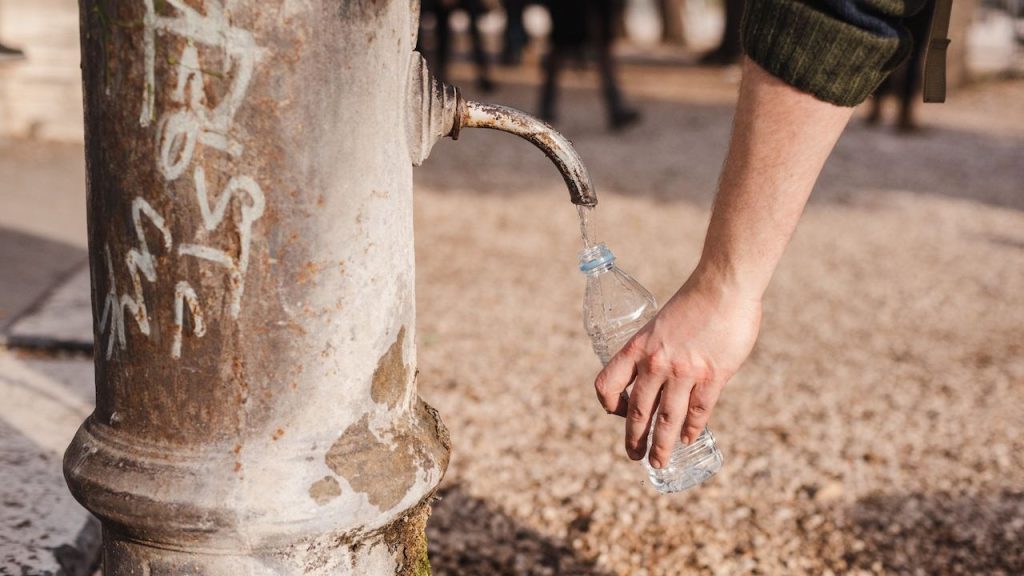
Finally, it’s important to monitor the quality of the water on an ongoing basis to ensure that it remains safe to drink.
This can be done using water testing kits or by observing the water for signs of contamination.
If you notice any changes in the water, such as a bad odor or unusual color, it’s important to stop consuming it until you can determine whether it is safe.
Treating the water again or finding a new water source may be necessary.
Staying informed about risks and best practices for water management is also important.
Various resources are available online and through local officials that can help you stay up-to-date on the latest information.
Obtaining access to clean tap water in remote locations can be a challenge, but by taking these four steps, you can help ensure that you have a safe and reliable water source.
Remember to assess the water source, choose a water treatment method, implement a water management plan, and continuously monitor water quality.
By taking these steps, you can help protect yourself and others from the risks of contaminated water.
Whether camping in the wilderness, working on a remote construction site, or living off the grid, having access to clean tap water is essential for your health and well-being.
